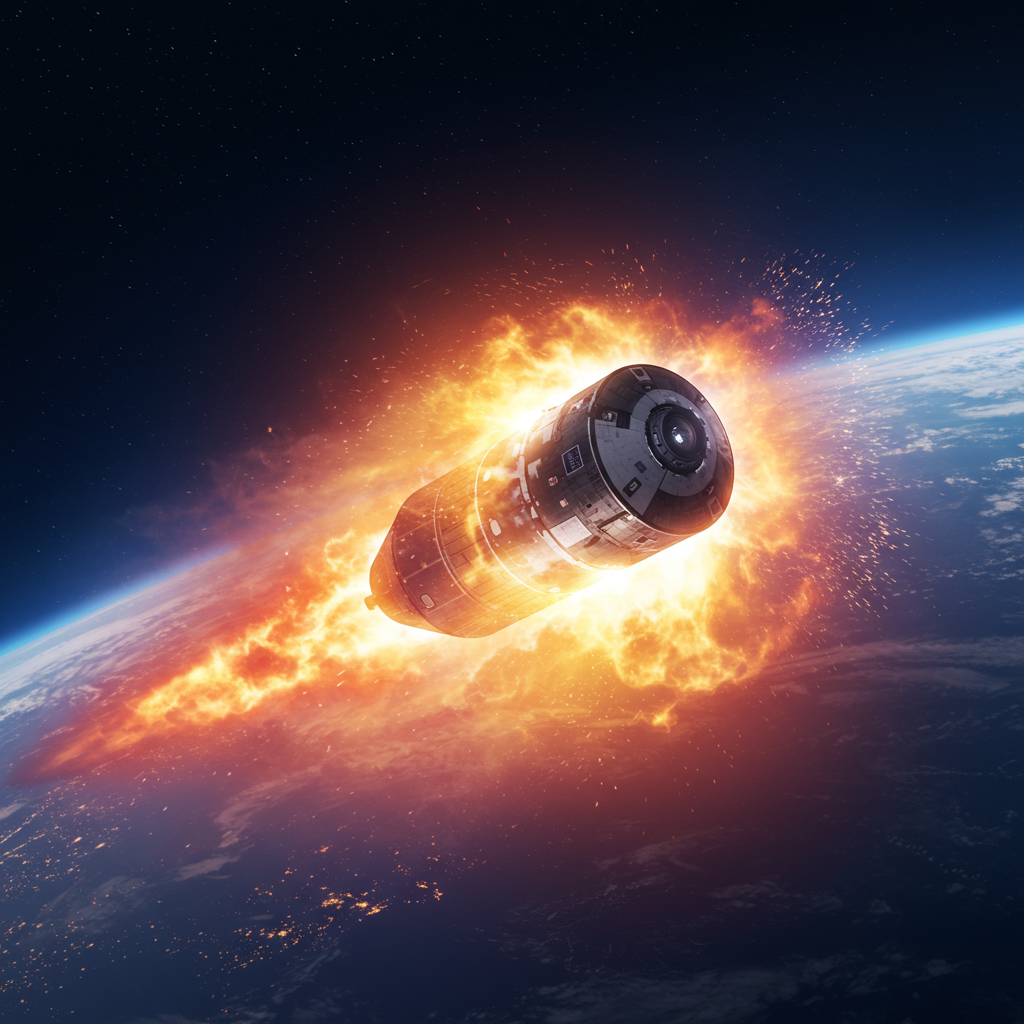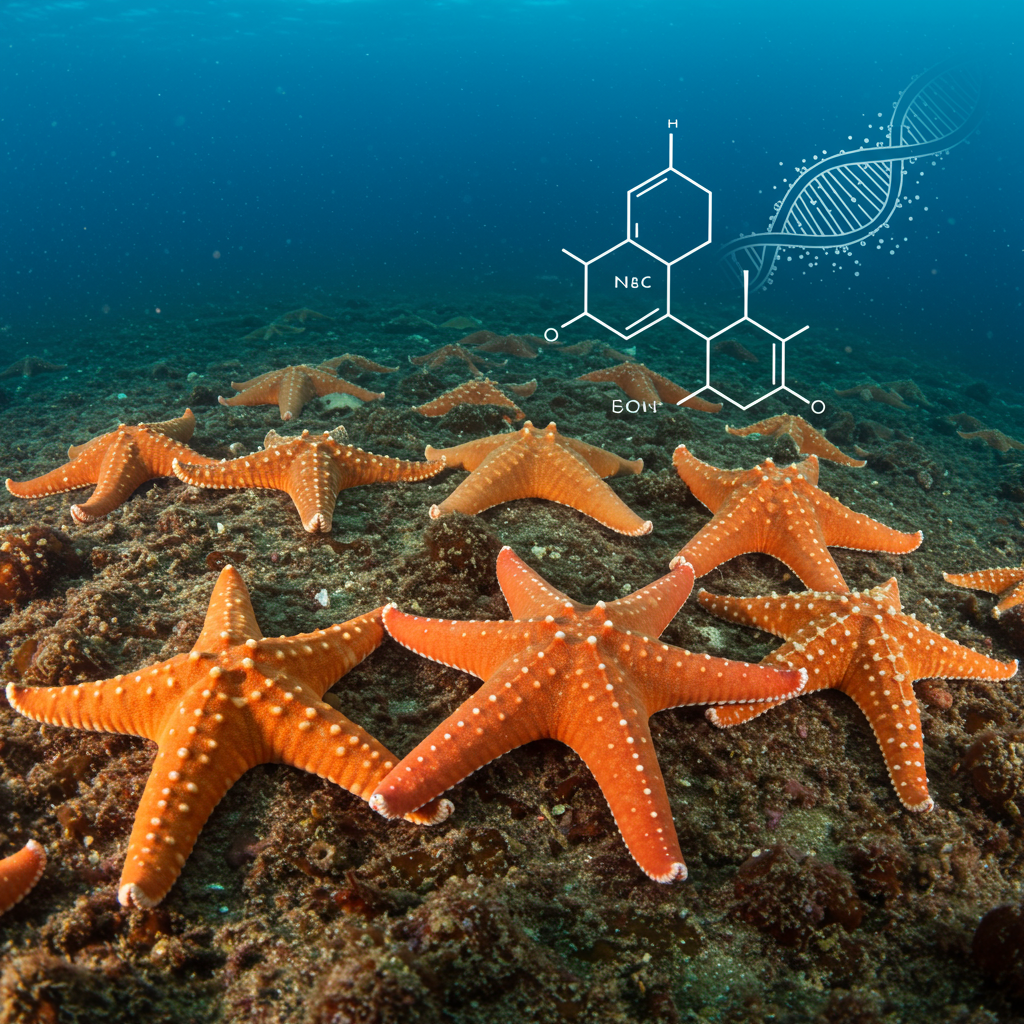The Exploration Company, a European startup based in Munich, has reported a “partial success” for its recent “Mission Possible” test flight, a significant step in developing its reusable Nyx spacecraft. While the mission achieved several critical milestones, the reentry capsule was unfortunately lost shortly before its planned splashdown and recovery.
Launched on June 23rd aboard SpaceX’s Transporter-14 rideshare mission from Vandenberg Space Force Base in California, Mission Possible was the second subscale demonstrator flight for The Exploration Company. The 1.6-ton capsule was designed to test technologies essential for Nyx, the company’s ambitious vehicle planned for transporting cargo and potentially crews to and from low Earth orbit, with future versions eyed for lunar missions.
Key Milestones Achieved
Despite the ultimate loss of the vehicle, the mission successfully validated several core technologies:
Successful separation from the Falcon 9 upper stage.
Powering up customer payloads carried inside the capsule.
Maintaining stable attitude and control in orbit.
Performing a controlled atmospheric reentry, successfully navigating the intense heat and forces.
Re-establishing communication after the expected reentry blackout period.
These successes demonstrate the structural performance, autonomous navigation capabilities, and crucial survivability of the capsule design during the challenging reentry phase.
Loss Before Recovery
However, the mission encountered a critical issue in its final minutes. According to the company, they lost communication with the capsule just moments before its anticipated splashdown in the North Pacific Ocean. While the exact cause is under investigation, the timing strongly suggests a potential failure in the parachute system, which was necessary for a soft landing and successful recovery. The parachutes were reportedly sourced from Airborne Systems, a U.S. supplier with heritage on other spacecraft programs.
The loss of contact prevented the recovery of the capsule and its valuable contents.
Valuable Payloads Lost
Mission Possible carried approximately 300 kilograms of cargo from various customers, ranging from scientific experiments to unique memorial services. Notably, the lost payloads included:
Biological Samples: Including cannabis seeds and plant matter for projects like Martian Grow, aiming to study how complex life adapts to space environments for potential off-world colonization.
- Human Remains and DNA: Carried by Celestis, a company providing space burial services. This “Perseverance Flight” aimed to be the first Celestis mission to return human remains to families after orbiting Earth.
- europeanspaceflight.com
- thenextweb.com
- arstechnica.com
- www.iflscience.com
- spacenews.com
The loss means researchers cannot analyze the biological samples as planned, and families will not receive the remains back on Earth, resulting in an unintended “sea scattering.” The Exploration Company and Celestis have both issued apologies to their affected clients.
Learning from the Test
This mission was initially intended to be the final subscale test before transitioning fully to the development of the full-size Nyx vehicle. It followed “Mission Bikini,” a smaller demonstrator flown on the inaugural Ariane 6 launch in July 2024, which failed to perform a reentry burn due to an upper stage issue, leaving that capsule stranded in orbit.
The Exploration Company acknowledged that while pushing boundaries rapidly and affordably, the inherent risks of space innovation led to this partial outcome. The company, which has raised over $230 million to fund Nyx development, plans to leverage the technical successes and critical lessons from the investigation to prepare for another Mission Possible-scale flight “as soon as possible” before proceeding with the full Nyx program.
Developing Mission Possible itself took around 2.5 to 3 years and cost approximately €35 million (or ~$20 million for development plus $10 million for launch), a relatively rapid and cost-effective approach compared to traditional programs.
Looking ahead, The Exploration Company still aims for a demonstration flight of Nyx to the International Space Station (ISS) as early as 2028, contingent on support from the European Space Agency (ESA). By demonstrating reliable cargo transport to orbit, the company hopes to secure significant funding from European governments, mirroring the model that propelled companies like SpaceX in the U.S.
Despite the setback of losing the capsule, Mission Possible represents a significant, ambitious step for The Exploration Company and the burgeoning European commercial space sector, validating key technologies even as it highlighted the challenges of end-to-end mission success.




